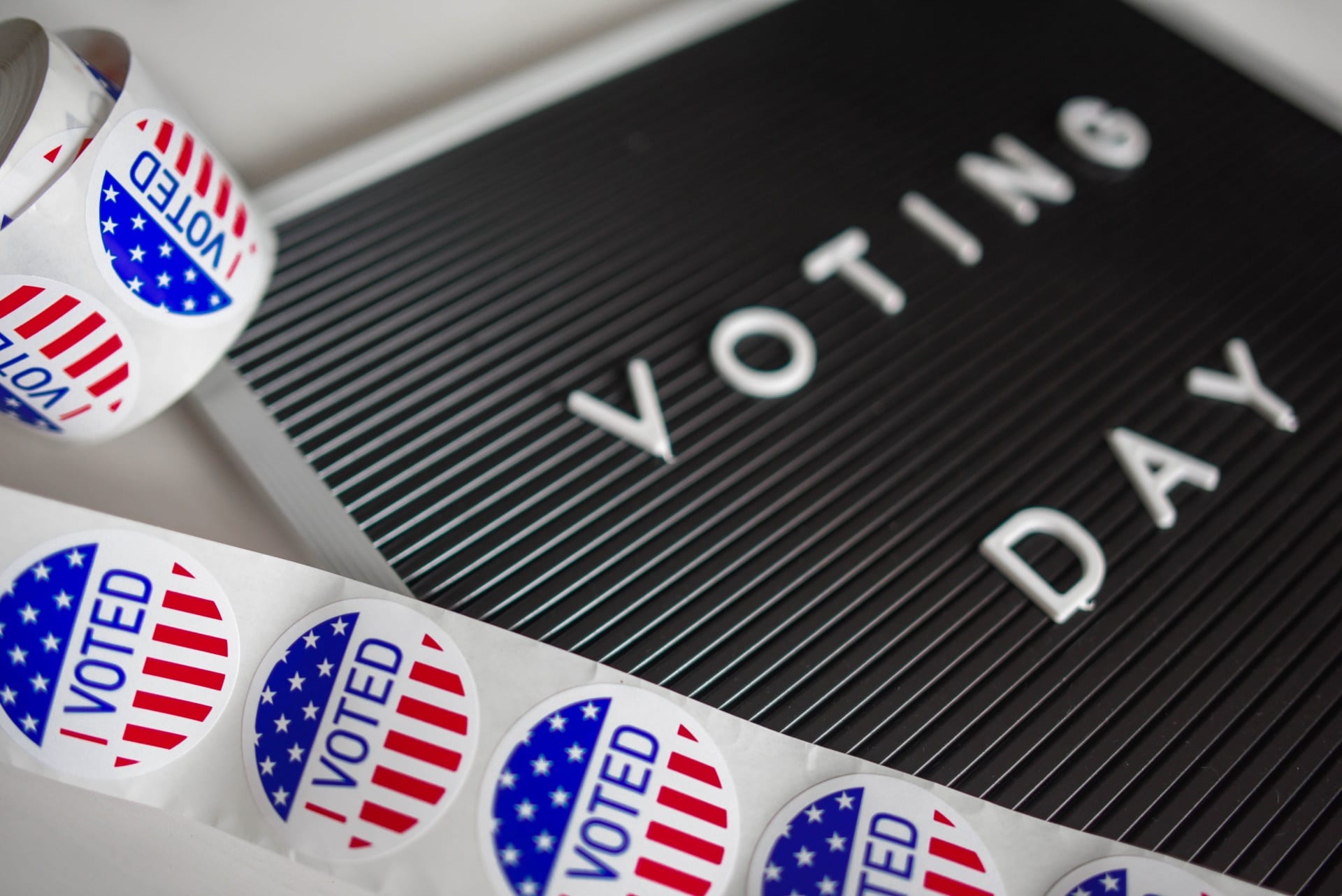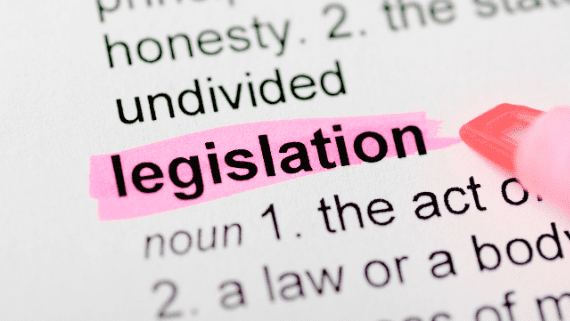
If you compare voter registration and turnout rates in Tennessee with a list of elected officials, you’ll discover an interesting contradiction: Women here are more likely than men to vote – but less likely to hold elected office.
For more than 20 years, Tennessee women have been registering to vote, and actually casting their ballots, at a higher rate than men.


This was true in 2018, when women made up 53.63% of registered voters and 52.80% of actual voters. It was even more pronounced in 2008, when women accounted for 55.7% of registered voters and 55.5% of actual voters. In both cases, the gap between men and women is approximately 11 points wide.
But even after a century of progress, there remains a concerning disconnect between Tennessee women’s civic engagement and their representation in elected office.
Tennessee women make up more of the state population than men, but less of its elected representatives. Today, Tennessee women account for 51.2% of the state’s total population, but just 25% of our 32 elected positions are held by women.
There are especially few women of color represented in state offices. Tennessee women of color comprise just 4.5% of the General Assembly (3 members in the Senate and 3 members in the House).
Overall, Tennessee lags other states when it comes to equal representation of women in elected office.
- Tennessee elected its first female U.S. Senator in 2018 and is one of just 20 states that has never elected a female governor.
- Over the past 20 years, women have made up an average of 16.9% of Tennessee’s elected state legislators, and today women hold 16.7% of the seats in the General Assembly. That rate is significantly lower than most other states, where on average 30.9% of elected state legislators are women.
On International Women’s Day, we celebrate the progress that has been made here in Tennessee while recognizing that there is still more work to be done.
For more information, including statistics on local representation, read our January 2021 brief here.




